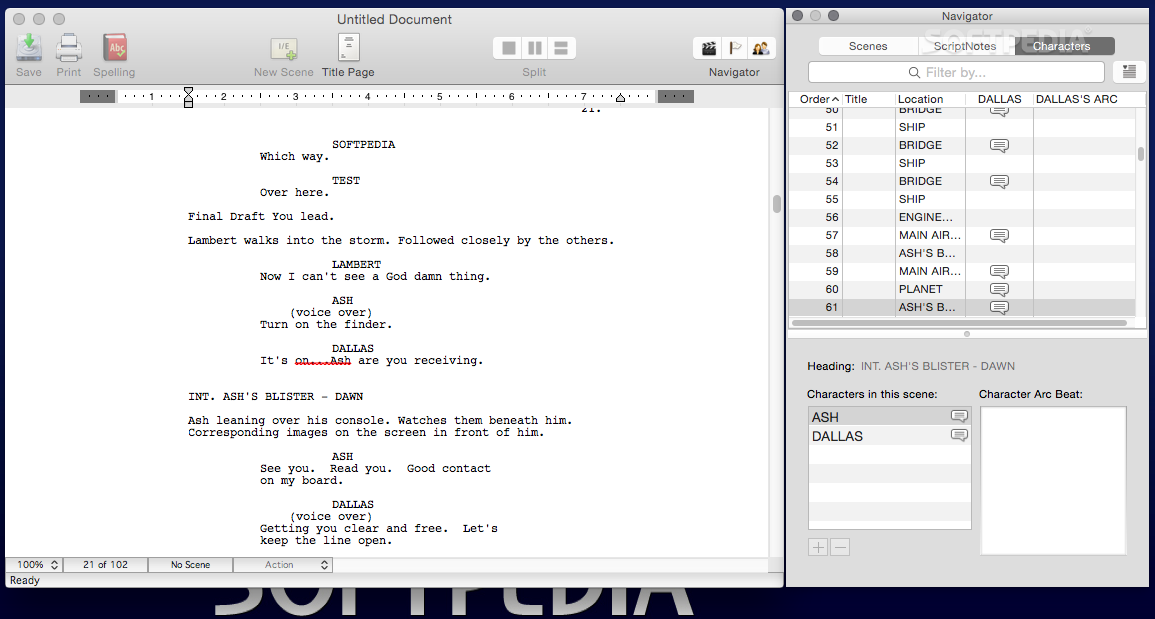

Final Draft Tagger basically lets you prepare an fdx file to import into Movie Magic Scheduling.
#Using final draft tagger software
If you own Final Draft, it also comes with a free software called Final Draft Tagger. However, there is an infinitely easier and faster way (and in my opinion, more efficient way as well). It’s important to note that in the old days, people broke down scripts using pens, highlighters and a lot of paper, so you can really use whatever technology you have available. Keep in mind that after this, your schedule and all of your breakdowns will be based on this script numbering, so make sure it’s properly done! Now just save a new fdx file! Next Stop: Final Draft Tagger This is one of the most important first steps. Once all the sluglines look good, I make sure to number the script. The more you catch these details in the script, the better prepared you’ll be when scheduling, and ultimately when budgeting. In that case, I’ll make sure the script details at least one slugline for each location. Sometimes you’ll find things in the script like “20 MINUTES LATER…”, or in some cases the writer will cut back and forth between two people in different locations on a phone conversation without adding all of the necessary sluglines. It’s an expensive investment, but one very much worth making, and I highly recommend it if you can afford it.įirst thing I do is review the sluglines. While I’m not writer, I use Final Draft constantly. The first thing I always do when I’m hired to budget a film, is ask for the script in fdx (Final Draft) format. Step 1: Beginning with the ScriptĮverything begins with the script. Your budget needs to be based on something. For example, how many extras should you budget for? The only way to figure that out is by breaking down the script scene by scene, adding the appropriate amount of background performers in each scene, then scheduling all of your scenes, and summing up how many “background mandays” that totals up to. But you can’t have a real budget, unless it’s based on a schedule, which is based on a breakdown. You can have a generic budget to get a general idea. You can’t have a budget without a scheduleĪt least not one you can trust.


 0 kommentar(er)
0 kommentar(er)
